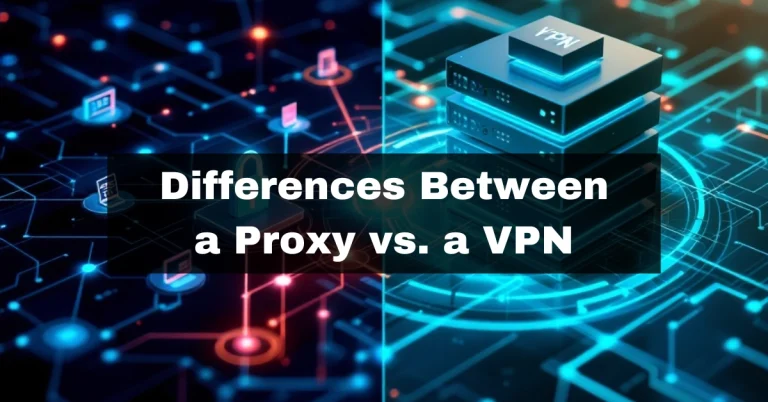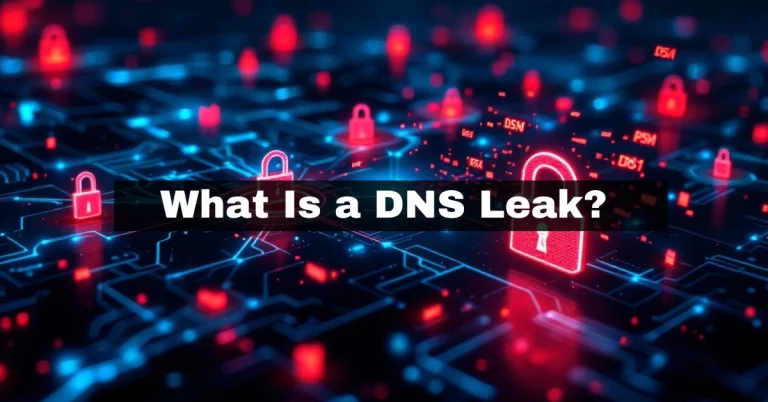Camouflage mode, also known as obfuscation, is a technique for hiding or disguising data, code, or communication to make it less visible or more challenging to detect.

This method is widely used in cybersecurity, programming, and privacy tools to protect sensitive information or prevent unauthorized access.
How Does Camouflage Mode Work?
Camouflage mode alters data or code in ways that obscure its original purpose without changing its functionality. Here are some common methods:
- Data Encryption: Encrypting information transforms it into an unreadable format for anyone without the proper decryption key. You can learn more about the importance of encryption in tools like VPNs here.
- Code Obfuscation occurs when developers modify the code structure to make it difficult to understand while keeping its functionality intact.
- Traffic Masking: In networking, camouflage mode disguises data packets to bypass firewalls or evade detection.
Common Applications of Camouflage Mode
Camouflage mode has various practical uses in modern technology:
- Privacy Tools: VPNs and proxy servers use obfuscation to bypass censorship and hide user activity. To better understand VPN capabilities, you can explore how they ensure secure browsing.
- Software Protection: Code obfuscation prevents reverse engineering and intellectual property theft.
- Cybersecurity: Obfuscation helps secure communication from being intercepted or monitored.
- Malware Techniques: Unfortunately, cybercriminals use obfuscation to hide malicious activities from detection systems.
Benefits of Using Camouflage Mode
Using camouflage mode provides several advantages, including:
- Enhanced Security: This makes it harder for attackers to exploit vulnerabilities.
- Privacy Protection: Safeguards sensitive information from prying eyes.
- Intellectual Property Safety: Protects proprietary software from reverse engineering.
- Bypass Restrictions: This allows access to restricted networks or services. As discussed here, VPN obfuscation can help bypass censorship.
Limitations
Despite its advantages, camouflage mode is not foolproof. Some limitations include:
- Performance Overhead: Obfuscation techniques may slow down systems or applications.
- Detection Risk: Advanced security systems can identify obfuscated traffic or code.
- Complex Implementation: Implementing obfuscation can require significant expertise and resources.
Real-World Examples of Camouflage Mode
- VPN Obfuscation: Many VPNs offer obfuscated servers to bypass network restrictions in heavily censored regions. You can find more about advanced VPN features here.
- Code Protectors: Tools like ProGuard or Obfuscar are commonly used by developers to obfuscate software.
- Cybersecurity Tools: Encryption protocols like HTTPS and SSL use obfuscation to secure data transmission.
The Importance of Camouflage Mode in Modern Security
Camouflage mode, or obfuscation, is essential for improving security and privacy and protecting intellectual property.
Disguising data or code helps individuals and organizations guard against cyber threats, avoid detection, and more efficiently access restricted networks.
Obfuscation supports secure communications, prevents reverse engineering, and enables access to censored content.
As cyber threats grow, adopting effective obfuscation methods empowers organizations to stay secure.
With the right tools, camouflage mode enhances protection and functionality in today’s digital world.



